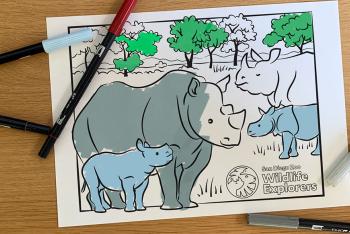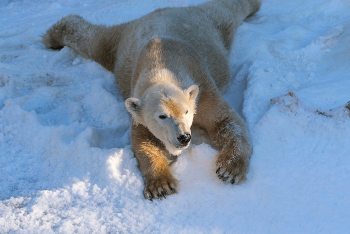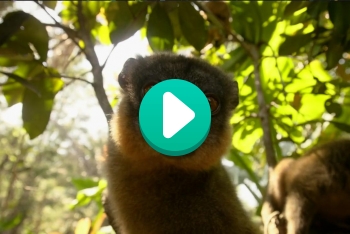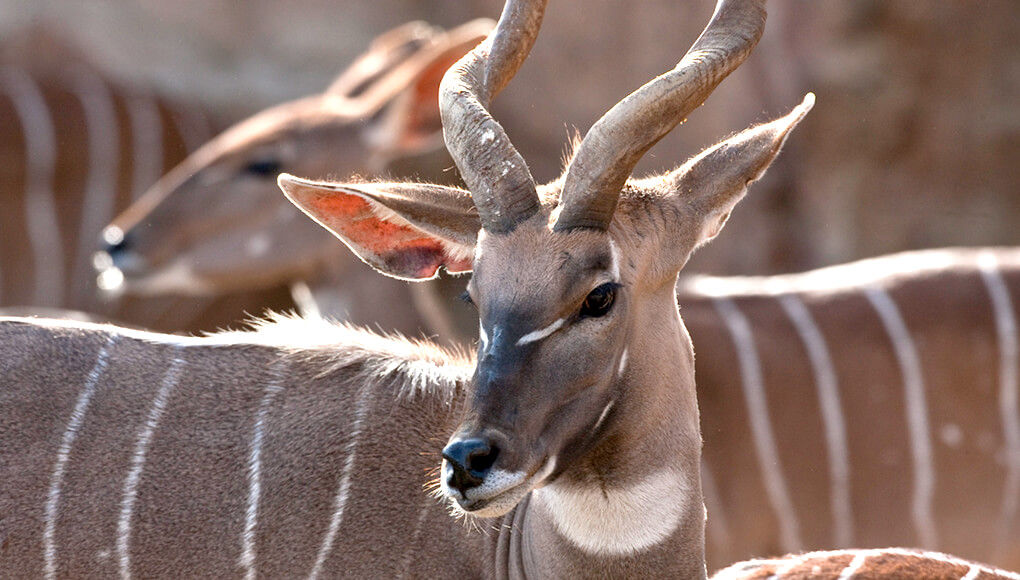
Touting their horns
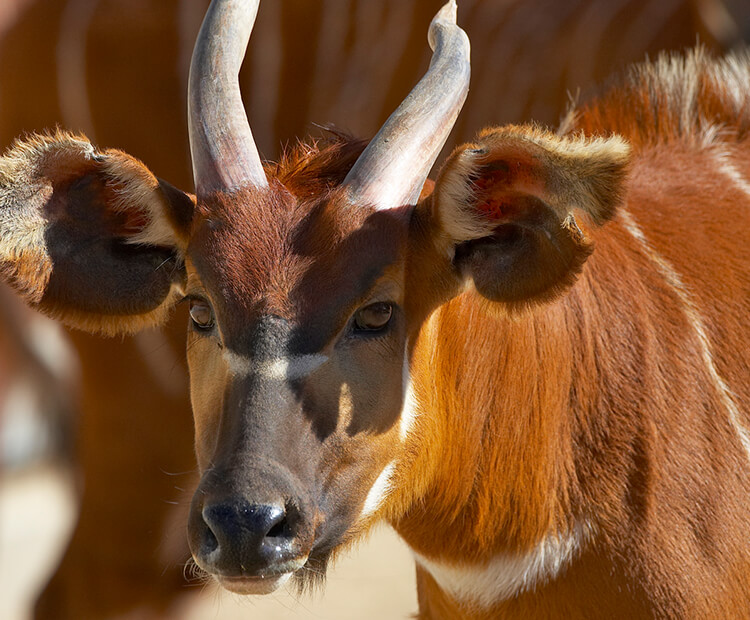
They may not tout (or toot) their own horns, but some animals have really cool ones—and they come in all different shapes and sizes. Horns are made up of keratin—just like your fingernails. Where the horn joins the animal’s head, it actually grows around a short bony core. The rest of the horn is hollow.
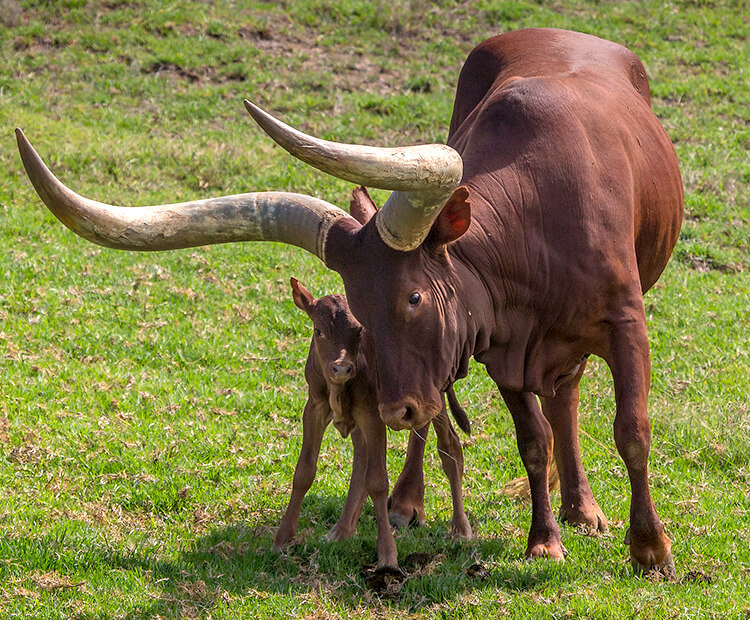
Horns a-plenty
When it comes to horns, one size does not fit all! Ankole cattle’s horizontal horns can measure 9 feet from tip to tip! Other animals, like the anoa, have short horns. This difference sometimes has to do with where the animal lives, because it is adapted to its habitat. An anoa lives in forests. If it had long, wide horns, they might get tangled in low tree branches.
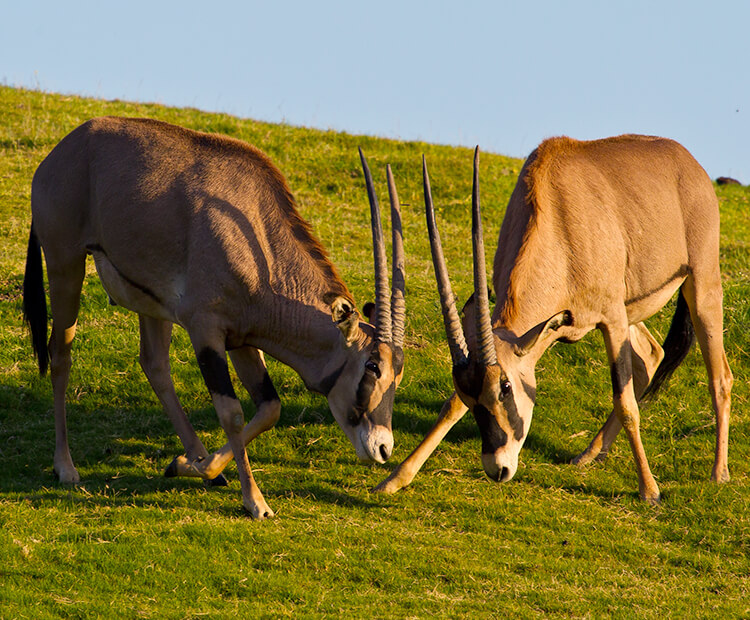
Show and tell
The long horns on some animals, like the oryx, help the wearer look bigger. The showy headgear “advertises” the health and importance of the animal. In many species, the males use their horns for sparring, too. Some horns grow with bumps or ridges on the outer edge. The raised bits act a little like a bumper on a car.
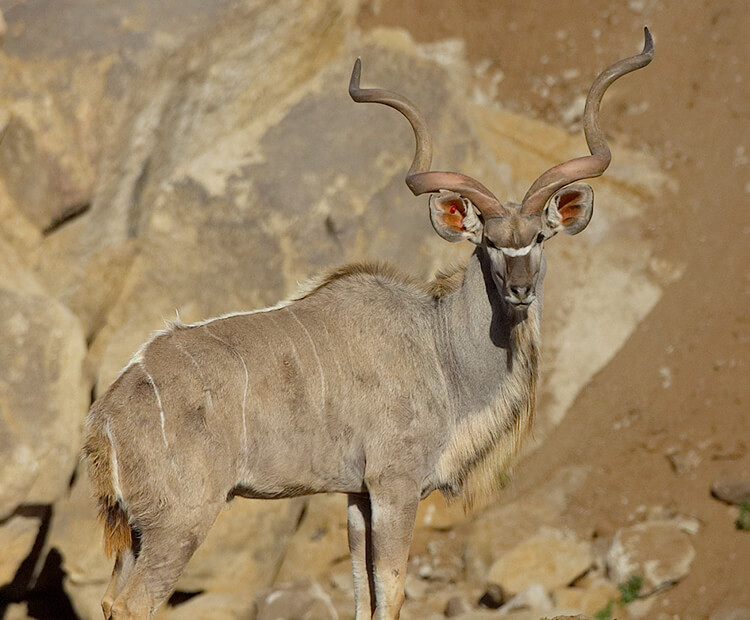
A special twist
Some horns are straight, but some grow in spirals, like those of a giant eland or a greater kudu. The twisting shape comes from growth pulses; sometimes the horn material grows fast but thin, then at other times it grows slow but thickly. This change puts the twirl in the horn.

